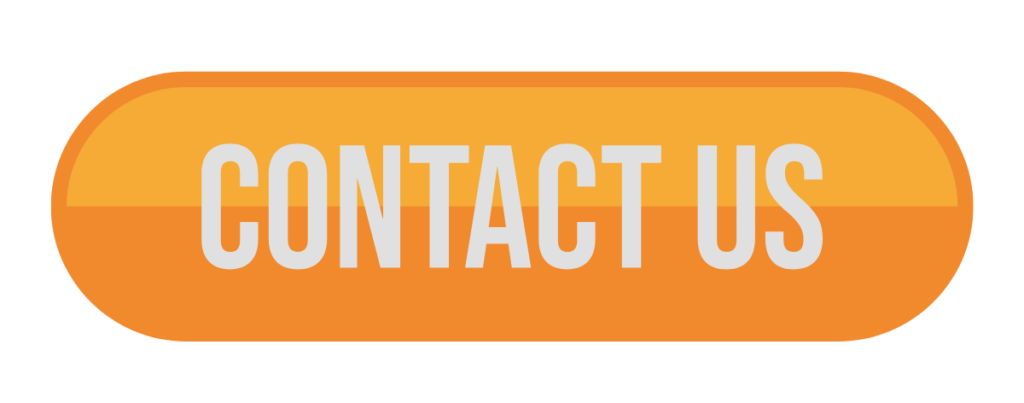Risk Management and Bulk Material Handling Systems
OHS requires that employees, contractors and visitors to a site be protected from harm. We all know this!
There are as many ways to go about this as there are sites. We also know this!
The generally agreed method for determining the best way to approach the OHS hazards is via the Hierarchy of controls. There are many examples, but the version on the left is from the DMIRS, the Safety Regulator in Western Australia.
Image credit: https://www.commerce.wa.gov.au/atom/4194
The judicious application of the Hierarchy is essential.
EXAMPLE:
A mine site had a near miss when a crane was packing up its fly-jib. Presumably, the fly-jib was the best tool for the task being undertaken. Unfortunately, the fly-jib was dropped, resulting in the near-miss. The solution selected was the ban all fly-jibs fitted to cranes. Not just not used, but removed. They eliminated the hazard.
❓ Was this the best control method from the investigation?
❓ Were there other learnings from the investigation that could be communicated and applied by the workgroups?
❓ Was there any unintended consequence of this one control??
While elimination is the first line of defence, this is not the only card to be played in developing a safety solution.
We can prevent dangerous equipment from being used or installed on-site, but ultimately, there will still be hazards.
Mining hazards will always exist, so we need to be smart about their management.
The AS4024 Safety of Machinery Series provides the standard of how to go about managing OHS aspects of conveyor safety. The most relevant from the series is AS4024.3611 Conveyors – Belt Conveyors for Bulk Material Handling.
In application, complications are introduced when dealing with multiple pieces of adjacent equipment with different hazards and differing access and operational needs. This is particularly an issue on older sites that have a range of legacy issues.
The nature of a site can change over time. Modification, upgrades, redundancy, wear and tear, maintenance, personnel or procedural changes, or in the worst case, neglect, all change the nature of the hazards and their controls. Small changes are insidious and may go unnoticed for some time, possible only being realised during an incident investigation or a site inspection by DMIRS.
At Verum Project and Engineering, we don’t sell products, we provide solutions and piece of mind. We provide a fresh sent of eye to inspect your plant, in the state it is today, and we make risk-assessed recommendations to address deficiencies.
If you have an operating mining operation or quarry and would like an audit to understand or improve your equipment safety compliance, particularly Bulk Materials Handling Systems, contact us now to discuss your needs.
“It takes leadership to improve safety.” – Jackie Stewart
The Right Tools for the job / The Right Products for the application
Picture an overland pipeline in a mountainous tropical region, running over 16km and a 150m maximum elevation change. The pre-2000 solution was a rubberlined welded steel and bolted pipeline. Fast forward to the 2020s, and this pipeline needs to be replaced.

With so many competing products and services available, it is sometimes easy to miss something that truly makes your life/project easier. Be it having the right technology stack to provide your customers with the best outcome or utilising products that change the game.
The solution developed was SoluForce High-Pressure Flexible Composite Pipe Systems. SoluForce was in its infancy in 2000, but its products have come of age and provide a flexible pipeline system at relatively high pressures and easy installation.
SoluForce has a proven track record over the past 20 years in the Oil and Gas Space, and more recently, it has made inroads into the Mining and Minerals.
We have had to opportunity to be involved in a couple of such projects:
• 2.5km slurry pipeline with a 160m static head.
• 17km Acidic Process Water Return pipeline and 17km Tailing pipeline with 113m total lift, including an intermediate elevation at 150m above the pumps.
These applications are pumped at anything up to 120bar at the pump discharge without the need for any intermediate booster stations.
We found the benefits of the SoluForce Products are:
1. High Operating Pressures at elevated temperatures (when compared with standard HDPE pipe). Depending on the product/size, this starts at 36Bar @ 85°C, ranging up to 450bar at 105°C
2. Durable and Corrosion Free (HDPE inner and outer, minimal thermal expansion or stretch under axial loads)
3. Fast installation (400m rolls) (a range of end connection types depending on client requirements)
4. Smooth non-stick HDPE Liner (Darcy Weisbach surface roughness (e) 0.0015mm)
5. Reusable
6. Maintenance Free
7. Up to 50-year design life
We recommend SoluForce products for Overland pipelines, including concentrate or tailing transport, acidic or problematic process water transfer and dewatering applications, and underground rising mains, particularly those with low pH due to high sulphide ores.
Over the past few years, Verum Projects and Engineering has developed a good working relationship with the SoluForce team in the application of the SoluForce range of products to mining and minerals. We are happy to discuss your pumping needs and can work with you to develop the best solution.
“Engineers like to solve problems. If there are no problems handily available, they will create their own problems.” – Scott Adams (aka Dilbert)








